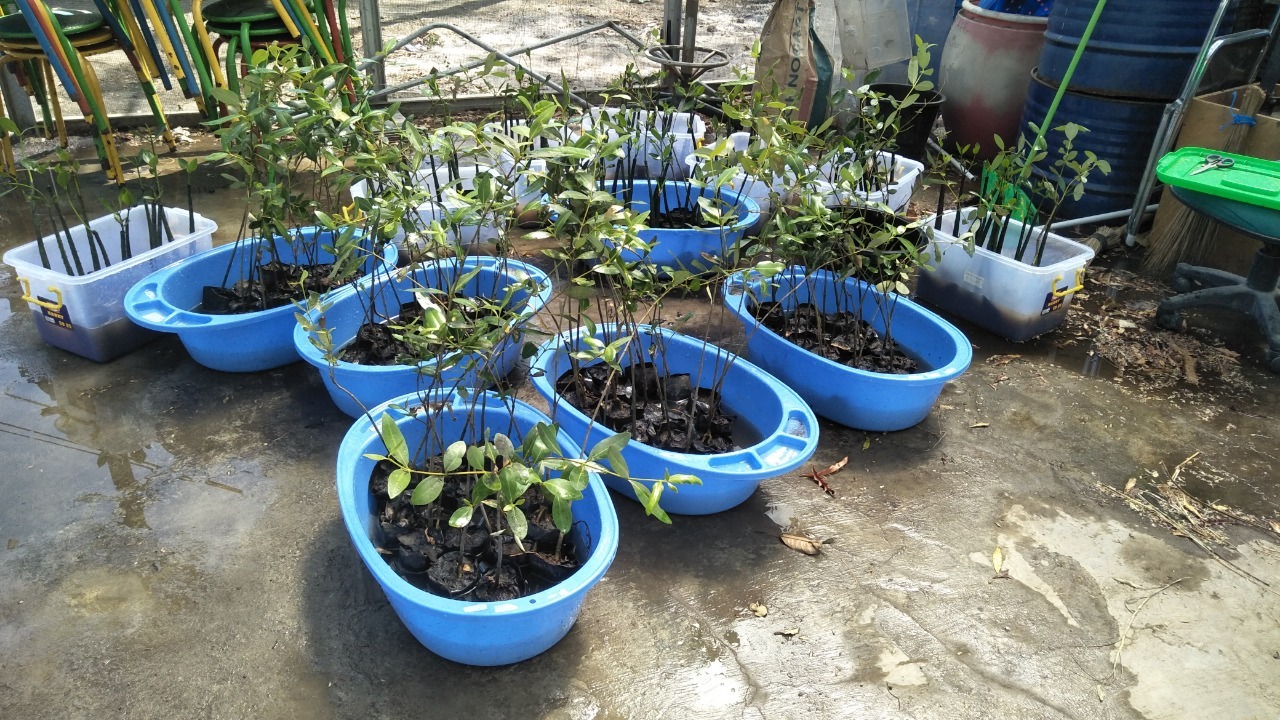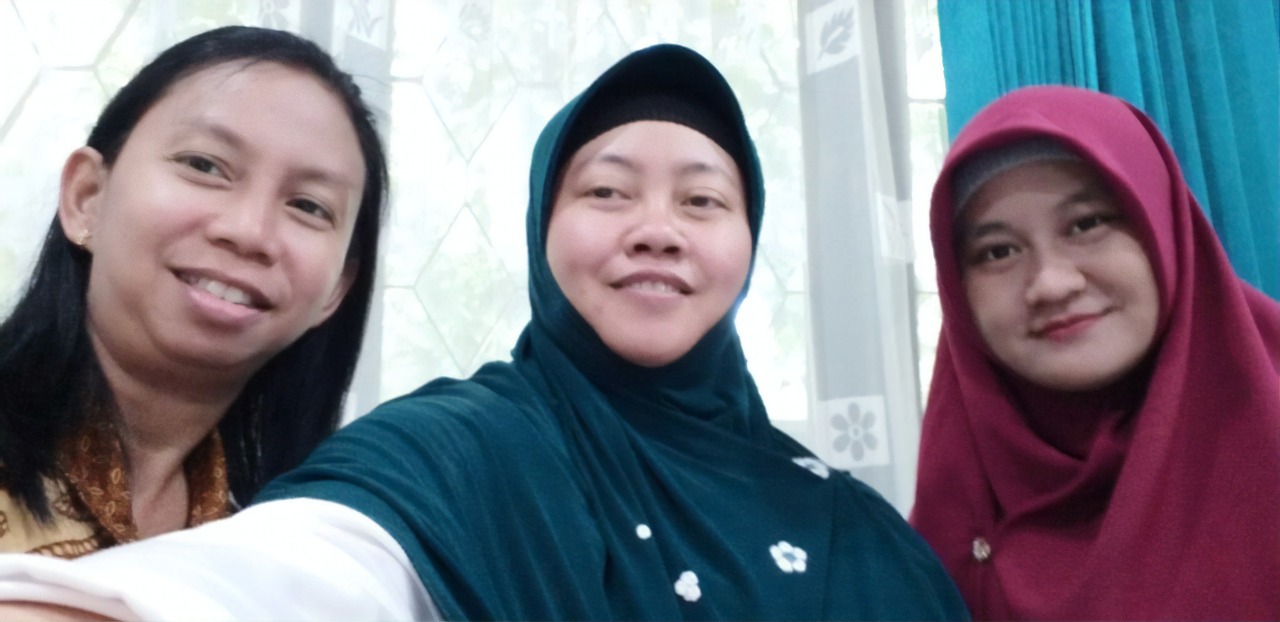Turn Sea Water Into Freshwater, ITS Develop Biodesalination Technology

Mangrove plants as research subjects
ITS Campus, ITS News – civitas academica from Institut Teknologi Sepuluh Nopember (ITS) ceaselessly conducts research to improve the quality of human life. One of them is lecturer of the Department of Environmental Engineering, Harmin Sulistiyaning point ST MT PhD, which led research with his colleagues on biodesalination using mangrove plants and microorganisms to process sea water and brackish water into freshwater.
As an archipelago country, Indonesia has a vast supply of seawater and brackish water. With the correct method, the abundance of these resources can be utilized by the people of Indonesia to fulfill the needs of their fresh water. The limited source of fresh raw water, encouraged Harmin with his team to do this research.
Technology that is being developed by Harmin and his team is a biodesalination technology that uses the principle of phytotechnology, namely a method that utilizes plants with microorganisms in its roots to handle cases of pollution in water. On this occasion, the plant used is a mangrove plant with the help of microorganisms in a reed bed system. “So that in this system there are physical, chemical, and biological processes to be able to put aside salinity on brackish water,” explains alumnus of the Departement of Environmental Engineering ITS.
Harmin also added that this biodesalination technology has a lower operational cost. “Many technologies desalination seawater into freshwater, but their operating costs are higher. Like membrane technology,” said this woman from Malang.
In the process, the lecturer in the field of environmental remediation explains that the roots of mangrove plants with the help of microorganisms can absorb and accumulate existing ions in water. “There is a process of uptake of Na and Cl ions by mangrove plants, as well as filtration process by the media of sand and gravel used in the reed bed reactor,” she said.
Besides being able to absorb ions in water, according to Harmin, these microorganisms can make the process of elimination of salinity of water more stable. “The bacteria we use are Halobacterium, so it can make a more stable salinity allowance,” explained Harmin.

Harmin Sulistiyaning Point of ST MT Ph.D. (center) with his partners Ipung Fitri Purwanti ST MT Ph.D. (left) and Tri Cahyo Puspaningrum (right)
The research conducted in the Environmental Remediation Laboratory of The Departement of Environmental Engineering ITS has been running for two years and has been able to decrease water salinity significantly. “It can be seen that the system can reduce the initial salinity of water by 25 per mile to 1.9 per mile,” said the lecturer who born in 1975.
Nevertheless, Harmin admitted that the water with this level of salinity is still classified as brackish water. So the research will continue to be able to reduce the salinity of water to less than 0.05 per mile which is the level of salinity for freshwater. “This research continues for its third year in 2020,” said Harmin.
In their third year of research with her colleagues, Harmin hopes that research can continue with the decentralization and national funds. This technology is also planned to be combined with other methods “maybe by electrolysis or with ion exchange, to be applied,” she concluded. (ri/rev/ ITS Public Relations)
Related News
-
ITS Sends Off 12 Free Mudik Vehicles Ahead of Eid Al-Fitr
The dispatch of 11 bus fleets carrying ITS students for the Free Mudik ITS 2024 ITS Campus, ITS News
February 24, 2020 09:02 -
ITS Lecturer Wins 2024 Female Science Talents Intensive Tracks from Germany
Sri Fatmawati SSi MSc PhD, a lecturer at the Department of Chemistry, ITS, has emerged as the winner of
February 24, 2020 09:02 -
ITS Shares Tips & Tricks on SNBT 2024 Socialization
(from left) Executive Secretary of SNPMB 2024, Bekti Cahyo Hidayanto SSi MKom, Head of the Admissions Subdirectorate at ITS,
February 24, 2020 09:02 -
Supporting Defense in Indonesia, ITS Professor Creates Anti-Radar Material
Professor Dr. Mashuri SSi MSi, while delivering his academic oration on anti-radar materials during the ITS Professorial Inauguration. ITS
February 24, 2020 09:02
